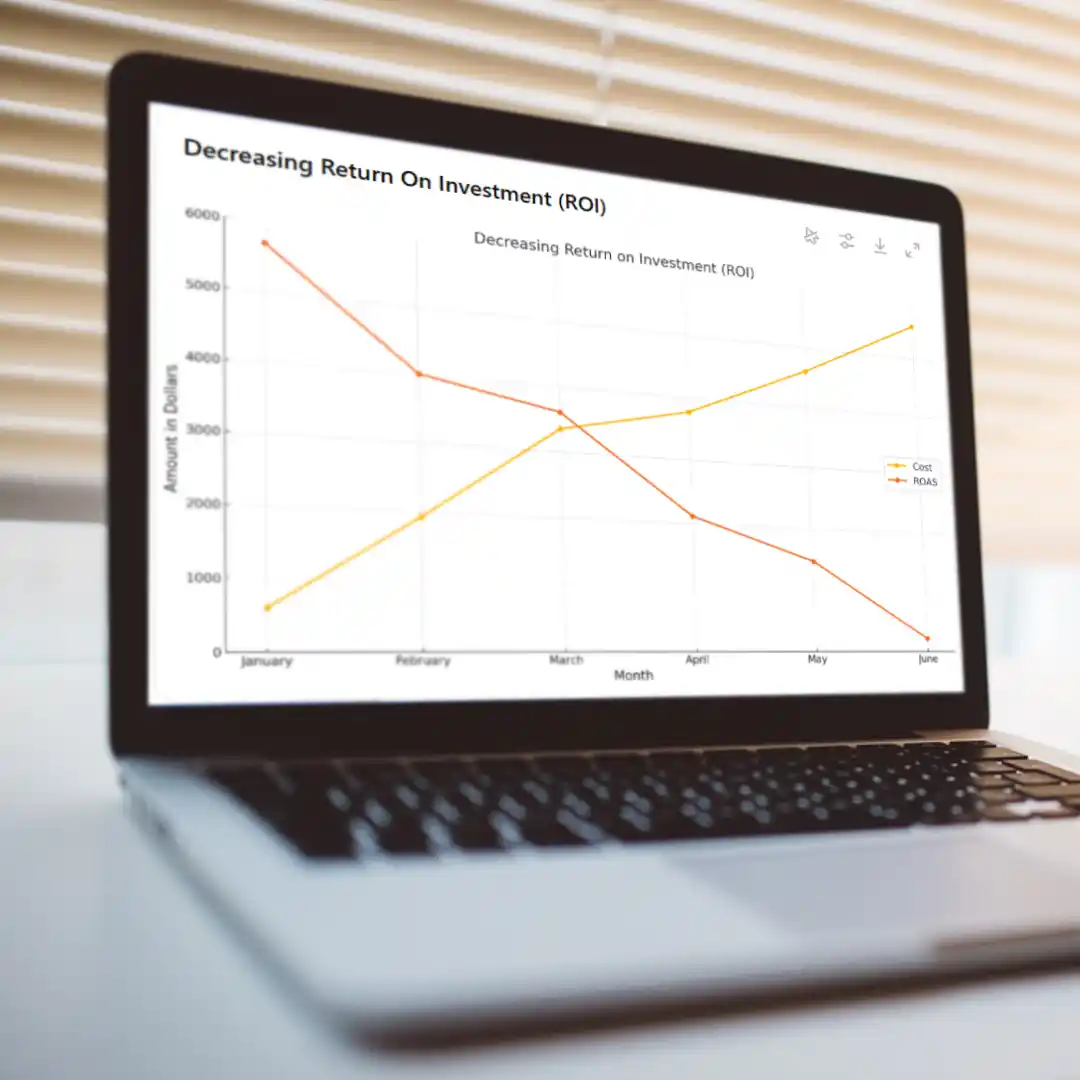Google’s Consent Mode represents a fundamental shift in the relationship between the advertiser and consumer. Its new marketing controls and audience opt-in system are intended to balance power between users and the parties collecting & utilizing their data, but businesses who fail to understand its complexity will miss valuable advertising opportunities.
Digital Marketing and Privacy Controls
Collection and utilization of user data are fundamental to effective marketing. However, with increasing concerns about privacy and data protection, marketers face challenges in navigating the regulatory landscape while still optimizing their campaigns.
In response to these challenges, Google has introduced “Consent Mode,” a feature designed to help advertisers adapt to evolving consent requirements and maintain the effectiveness of their Google Ads and Google Analytics (GA4) data. In this blog post, we’ll delve into what Consent Mode is, how it works, and its implications for marketers.
What is Consent Mode?
Consent Mode is a feature introduced by Google that allows advertisers to adjust how their Google tags behave based on the consent status of users. In essence, it enables advertisers to tailor their tracking and measurement activities depending on whether users have provided consent for data processing and tracking.
How Does Consent Mode Work?
Consent Mode operates by utilizing the user consent information obtained through the “Consent Management Platform” (CMP) implemented on the website. When a user visits a website, the CMP gathers consent preferences regarding data processing and tracking. Based on the user’s consent status, Consent Mode dynamically adjusts how Google tags, such as Google Analytics and Google Ads tags, function.
For users who have provided consent, Consent Mode allows for normal data processing and tracking, ensuring that valuable insights can be gleaned from their interactions with the website. However, for users who have not consented to tracking, Consent Mode provides options for how tags behave. These options include:
Conversion Measurement: Advertisers can choose to enable conversion measurement for users who haven’t consented to tracking. This allows for the modeling of conversions based on aggregated data from users who have consented, helping to fill gaps in conversion tracking.
Ad Personalization: Advertisers can opt to use contextual information for ad personalization for users who haven’t consented to tracking. This means that ads can still be targeted based on factors such as the content of the website or the context of the user’s current session, rather than individual browsing behavior.
Implications for Marketers
1. Compliance with Privacy Regulations
Consent Mode enables marketers to adhere to privacy regulations such as the General Data Protection Regulation (GDPR) and the California Consumer Privacy Act (CCPA) by respecting user consent preferences. By implementing Consent Mode, advertisers can ensure that they are only processing data from users who have provided explicit consent, thereby mitigating the risk of non-compliance and potential penalties.
2. Maintaining Data Integrity
With Consent Mode, advertisers can continue to collect valuable data for analysis and optimization, even from users who have not consented to tracking. By leveraging conversion modeling and contextual ad personalization, marketers can maintain data integrity and make informed decisions based on a more comprehensive understanding of user behavior.
3. Optimizing Campaign Performance
By filling gaps in conversion tracking through modeling and utilizing contextual signals for ad personalization, Consent Mode enables advertisers to optimize campaign performance effectively. Marketers can still measure the effectiveness of their campaigns and deliver relevant ads to users, even in the absence of granular tracking data.
4. Enhancing User Experience
Respecting user consent preferences is crucial for building trust and fostering positive user experiences. By implementing Consent Mode and providing users with control over their data, marketers can demonstrate their commitment to privacy and transparency, ultimately enhancing the overall user experience.
Consent Mode Scenarios of Use
Let’s explore how different businesses might handle their Consent Mode settings based on their specific needs and contexts:
E-commerce Retailer
Scenario: An e-commerce retailer operates a website selling a variety of products. They rely heavily on data-driven insights to optimize their advertising campaigns and maximize conversions.
Consent Mode Strategy: The retailer might choose to enable conversion measurement for users who haven’t consented to tracking. This would allow them to model conversions based on aggregated data from users who have consented, providing valuable insights into the effectiveness of their advertising efforts. Additionally, they may opt to use contextual information for ad personalization, ensuring that ads remain relevant and engaging for users who haven’t provided consent.
Example Implementation: Suppose a user visits the retailer’s website but doesn’t consent to tracking. In this case, the retailer can still measure conversions by modeling the user’s journey based on similar interactions from consenting users. They can also personalize ads based on contextual factors such as the product category the user is browsing or the content of the current page.
News Website
Scenario: A news outlet operates a website that delivers timely news articles and content to its readers. They rely on advertising revenue generated through personalized ad targeting.
Consent Mode Strategy: Given the nature of their business and the importance of delivering relevant content to users, the news publisher might prioritize ad personalization based on contextual information for users who haven’t consented to tracking. This ensures that they can continue to deliver targeted ads while respecting user privacy preferences.
Example Implementation: If a user visits the news publisher’s website but opts out of tracking, the publisher can still deliver personalized ads based on contextual signals such as the topic of the article being read or the user’s geographic location. For instance, if a user is reading an article about travel destinations in Europe, the publisher can serve ads related to travel accessories or tour packages in Europe without relying on individual browsing history.
Financial Services Firm
Scenario: A financial services firm offers banking, investment, and insurance products through its website. They prioritize user trust and compliance with strict regulatory requirements.
Consent Mode Strategy: Given the sensitive nature of financial data and the importance of compliance, the firm might adopt a conservative approach to Consent Mode. They may choose to limit tracking and data processing for users who haven’t consented, focusing on maintaining compliance with privacy regulations while still providing essential services.
Example Implementation: If a user visits the financial services firm’s website and opts out of tracking, the firm can respect their privacy preferences by limiting data processing and tracking to only essential functions, such as account login and transaction processing. While they may miss out on some opportunities for personalized marketing, prioritizing user trust and compliance is paramount in the financial services industry.
The implementation of Consent Mode settings varies a great deal depending on the nature of the business, its reliance on data-driven insights, and its commitment to user privacy and regulatory compliance. By tailoring Consent Mode settings to their specific needs and contexts, businesses can navigate the complexities of privacy regulations while still delivering effective advertising and personalized experiences to their users.
Get In Touch
Is your digital marketing program stagnant? At Market Vantage, we’ve spent the last 20 years helping our clients get the best possible result from Google’s advertising platform – among many others.
We take a holistic approach, delving into your website, online ads, and social media to help clients in a wide variety of industries maintain data integrity, optimize campaign performance, and enhance user experiences while ensuring compliance with privacy regulations.
Get in touch, and we’ll examine your business’s online presence and give you a call with our health assessment, completely free of charge.





